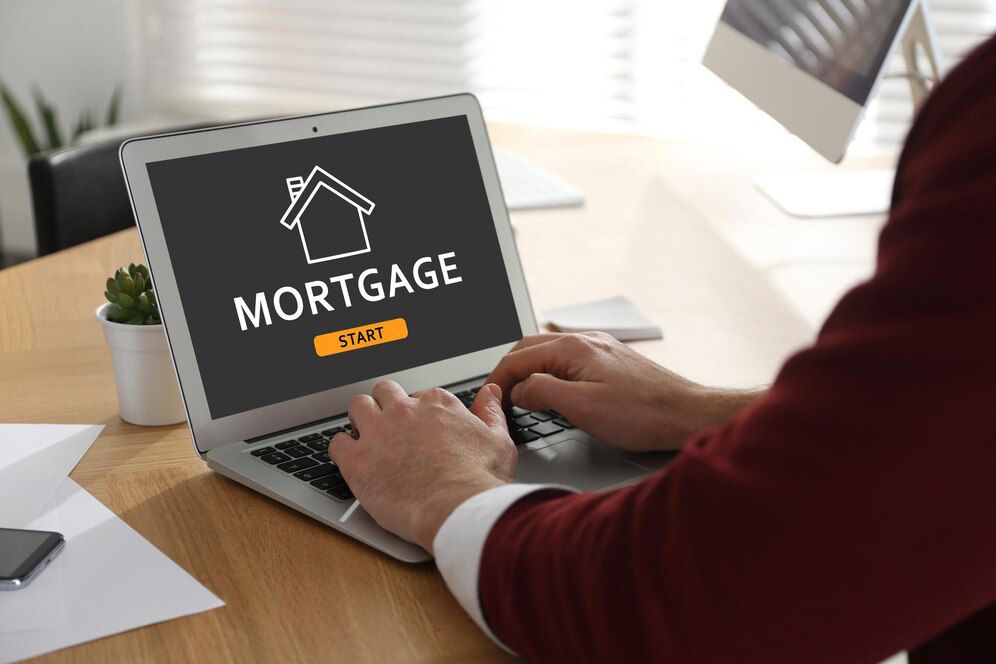
Low-Down Payment Loans for Rental Properties: Unlocking Real Estate Investment Opportunities
Investing in rental properties helps build wealth and reach financial independence. The upfront costs can feel like a big hurdle for many new investors. The down payment, in particular, often seems daunting. Low-down payment loans help you buy property without emptying your savings. They provide a smart way to start ownership.
This guide unravels the double-edged sword of low-down payment loans for rental properties. Discover the perks and pitfalls of this enticing financial avenue. Explore various loan options and glean invaluable wisdom from the experts. Get ready to navigate the world of property investment with confidence!
Key Benefits of Low-Down Payment Loans
Why Low-Down Payment Loans Matter
Banks and lenders usually request a 20–25% down payment on rental properties. This helps reduce their risk. For a £250,000 buy-to-let, you’ll need £50,000 to £62,500 upfront. This doesn’t cover closing costs, legal fees, or property upgrades. This significant cash requirement can delay or even derail investment plans.
Low-down-payment loans make it easier for investors. They can buy rental properties with just 3%–10% down. These loans help people with little cash buy real estate. This is perfect for young investors, first-time buyers, or anyone moving to investment properties.
Real-Life Application: The Case of Jane
Take Jane, a 32-year-old marketing manager living in Manchester. With only £15,000 in savings, she initially ruled out property investing. After working with a broker, Jane found a buy-to-let mortgage. It required just a 5% down payment on a £200,000 two-bedroom flat in a popular commuter area.
Jane spent the leftover money on small renovations and marketing. This helped her find tenants quickly and at a good rate. Her property generates monthly cash flow and has increased in value over time, boosting both her income and net worth.
Understanding Your Loan Options
1. Buy-to-Let Mortgages with Flexible Down Payments

In the UK, some lenders offer buy-to-let mortgages with down payments starting at 15%. This is especially true for experienced landlords and professionals with good credit. This method may have slightly higher rates, but it needs much less cash upfront than the usual 25% benchmark.
2. Government-Backed Schemes (for Accidental Landlords)
Some government or shared-ownership programs offer low-down options. This is rare, but it can help if you’re moving and plan to rent your home. These are not for professional investors. However, they can help those who become landlords by chance.
3. Portfolio Lenders and Specialist Institutions
Some lenders focus on property investors. They provide creative financing options. This might mean smaller down payments. However, it could also lead to higher interest rates, cross-collateralization, or shorter loan terms.
Additional Expert Tips & Common Mistakes to Avoid
Best Practices for Securing Low-Down Payment Loans
1. Create a Solid Financial Profile: Low down payment lenders will review your credit history, income, and debt. Aim for a credit score over 700. Keep your debt-to-income (DTI) ratio under 40%. Also, have your documents ready.
2. Prequalify and Shop Around: Not all lenders offer the same rates or products. Get prequalified by multiple banks, credit unions, and specialist lenders to compare terms.
3. Calculate Your True Cash Needs: In addition to the down payment, you’ll need funds for closing costs, initial repairs, furniture (if renting furnished), and possibly for months without tenants. Always factor in at least 3–6 months of holding costs.
4. Know Lender Expectations: Some lenders want properties to hit specific rental yields or be in approved areas. Know the criteria before locking into a deal.
Common Mistakes to Avoid
- Overleveraging: A small down payment can increase your returns. But it also raises your risk.
- If property values drop or your rental is empty, your small equity cushion can vanish fast.
- Not Stress-Testing Your Finances If your mortgage rate increases or property taxes go up, will your investment still profit?
- Always run “worst-case scenario” numbers before proceeding.
- Ignoring Lender Restrictions. Some low-down-payment loans have conditions. For example, they may restrict renting right away or require property management oversight. Read the fine print carefully.
Advanced Insights & Expert Recommendations
Leverage Other People’s Money (OPM) Strategically
One way to use OPM is a low-down-payment loan. This strategy helps seasoned investors grow fast. Ensure your rental income covers monthly costs like PITI—principal, interest, taxes, and insurance. It should also provide positive cash flow.
Tip: Apply the 1% Rule. Your monthly rent should be at least 1% of the purchase price. It helps you quickly gauge rental profitability.
Consider Value-Add Properties
Using a low-down payment loan lets you boost your returns. Buy a property that needs simple cosmetic updates. Use your money to repaint, update kitchens and baths, or increase curb appeal. Then, raise the rent to match the improvements. When done correctly, the “BRRR” strategy (Buy, Renovate, Rent, Refinance, Repeat) is effective.
Partner with an Expert Broker

Work with a mortgage broker who specialises in investment loans. They often access niche products. They can help make deals that lower entry costs and support long-term sustainability.
Navigating Economic Trends and Market Conditions
2024–2025, many markets face high interest rates and strong rental demand. This makes underwriting even more critical. Investors should:
- Lock in fixed rates where possible to hedge against future hikes
- Target high-yield areas like university towns, commuter belts, or gentrifying neighbourhoods
- Track rental demand trends via platforms like Rightmove, Zoopla, or local council data
Strong fundamentals will keep rental properties stable even in a tough economy. Good location, tenant demand, and realistic pricing matter, making them a solid long-term investment.
Conclusion: Embracing Opportunity with Strategy
Low-down-payment loans offer a great chance to grow your rental property portfolio.You can start or expand without locking up too much capital. When used strategically, they allow investors to:
- Enter the market sooner
- Keep liquidity for emergencies or improvements
- Potentially achieve higher returns through leverage
But with great opportunity comes the need for careful planning. Understand the terms, assess your risk tolerance, and run your numbers conservatively.
Are you ready to explore property investment with low-down payment financing? Start by talking to a skilled mortgage advisor. Next, check your local rental market. Finally, find properties with good cash flow and potential for appreciation. With the right approach, you can build a thriving rental portfolio—starting today.


